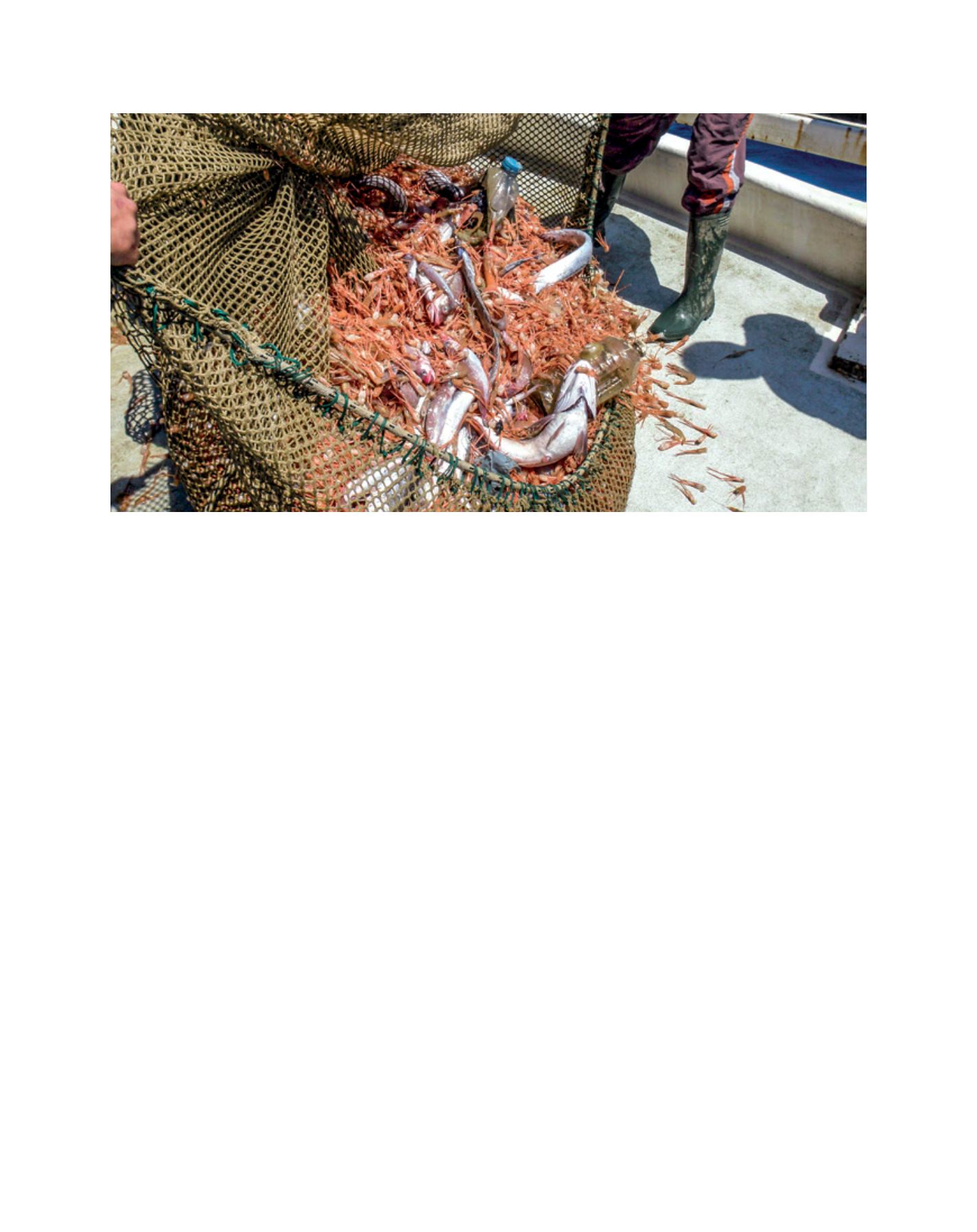

[
] 216
During one of these events, the Croatian Prime Minister and
Minister of Agriculture visited several young farmers’ farms,
and spent the whole day with them to get important infor-
mation about what they want and where they see Croatian
agriculture in the future.
Young farmers are linked with their counterparts from other
EU countries and are preparing projects for rural develop-
ment. They monitor everything that happens on the global
market and expect the state to start the important process
of transfer of ownership of family farms from the old to the
younger generation. They have great expectations of the EU
to encourage this process, and they think it important that
the banking sector strongly encourages young people to enter
into this business with favourable credit arrangements. With
the strength of the young and support from the EU budget, in
the next decade Croatia could become a good example of how
agriculture progresses when the young take the lead.
Apart from this reform policy, the other way forward is to
join together. Former models of agricultural product sales
on the Croatian market and in export have shown that small
producers cannot sell their products independently. Big retail
chains dominate the market which is not ready to repurchase
small quantities of products. It has been noticed that in a
farm-to-table chain, the integral part which links producers
with retailers – cooperatives, clusters and product organiza-
tions – is missing.
As mentioned above, Croatian farmers still have nega-
tive connotations from the past with these associations, as
they were once forced to join. Today’s global movement
is compelling them to change their way of thinking and
the establishment of numerous cooperatives and producer
groups is expected soon, especially in the fruit and vegetable
sector and in the production of authentic Croatian products.
The CAP encourages more fruit and vegetables, but it is a
prerequisite that the producers are affiliated. For this reason
Croatia, during the summer, launched an awareness campaign
to encourage the process of association to be put in place as
soon as possible.
Today, Croatia is a part of the European community and
offers a variety of authentic products – perhaps not yet
recognized on a wider European market but with big poten-
tial through tourism – as one of the major sectors of the
country’s economy. Every tourist who visits Croatia will enjoy
village farm products such as vines, olive oil, mandarins and
Slavonian kulen. It is hoped that most of the food produced
in Croatia can sell itself through tourism. In that way, Croatia
can become recognized throughout the world and reach out
to the consumers outside its borders.
Over the past 10 years, Croatia has invested a lot of
money in wine and grape production, and now there are
recognizable Croatian wines on the world wine industry
map. The combination of wine, food and tourism is some-
thing that becomes a Croatian brand. The enormous growth
of tourism and the fact that Croatia has become one of the
top tourist destinations confirms that the sector still has
room for growth and development. Wine roads, fine wine
cellars, restaurants and beautiful scenery have become the
subject of numerous international travel magazines, and
many television companies that have visited these places
in Croatia have been amazed by the blend of flavours,
fragrances and beauty.
Through tourism, Croatian food becomes recognizable.
Visitors in Istria or Dalmatia are always impressed by the taste
and quality of olive oil, for example, or of cheese produced
from the milk of cows and from goats walking freely on the
islands. Croatia has no shortage of beautiful and important
Image: Minister of Agriculture, Croatia
Croatia has one of the most important fisheries sectors in the Mediterranean
D
eep
R
oots
















